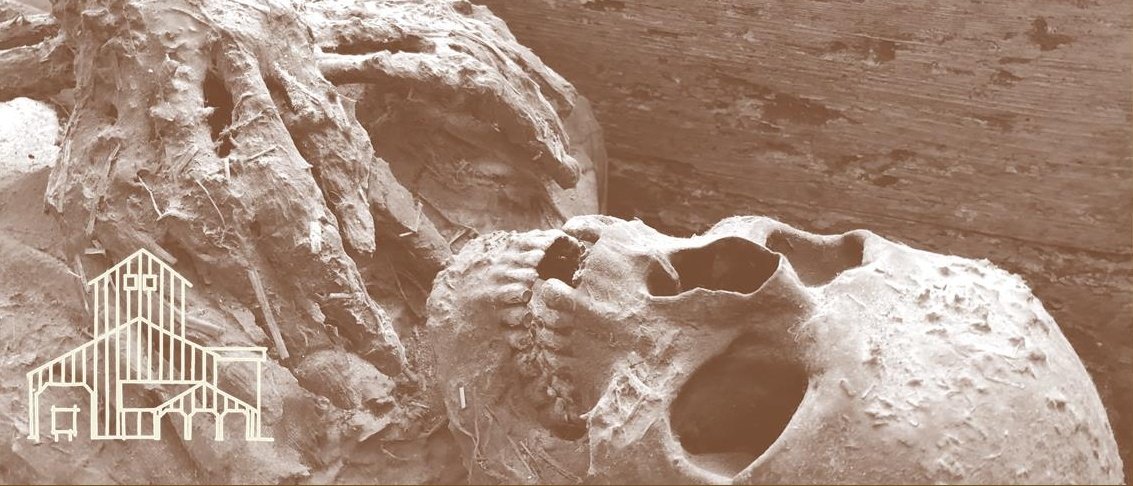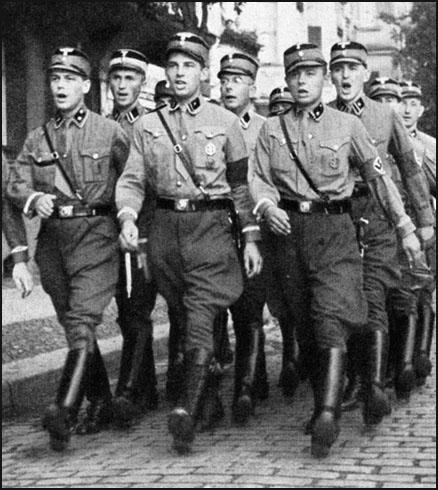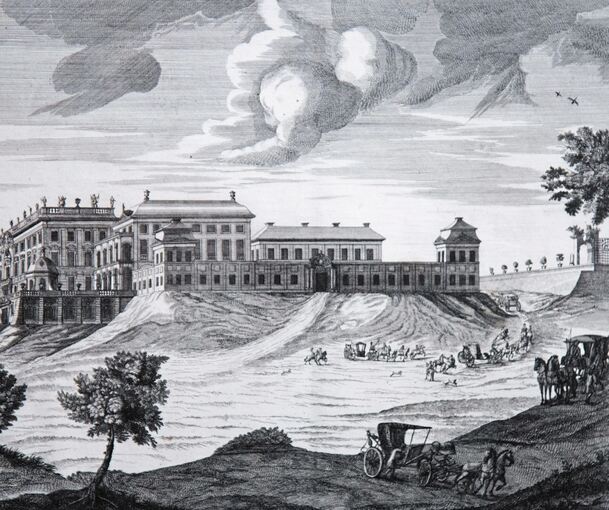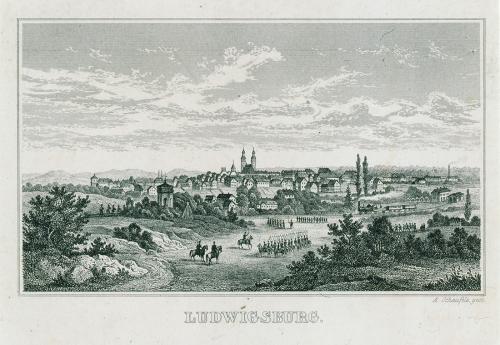
I got a little time this morning, so I thought I'd tell you about something amazing I discovered yesterday during some research.
In 1957, east of Schongau in Bavaria, at a place called Peiting, peat cutters found something they really weren't expecting... 1/
In 1957, east of Schongau in Bavaria, at a place called Peiting, peat cutters found something they really weren't expecting... 1/

...a wooden box. When one of the cutters saw what was inside, the operation was stopped and the police were called.
They had found 'Rosalinde'. /2
They had found 'Rosalinde'. /2

'Rosalinde' would have stood around 152cm in life. She was between 15 - 30 at the time of her death and had eaten a porridge for her last meal. She was wearing a white dress, a headband, undergarments and magnificent boots. /3 



Datings of 'Rosalinde' place her burial anywhere between 1290 and 1440. More precise datings are being carried out at present. /4 

As for the cause of 'Rosalinde's death, we haven't a clue. Some have posited childbirth, but all the signs present could be attributed to putrefaction. Toxicology revealed nothing. Her head and neck showed no signs of strangulation (they were skeletal). /5 

...but here's the thing.
'Rosalinde' was buried in the Christian manner, with great care and she was obviously not poor - she was well-fed and wearing decent clothing.
HOWEVER, she was buried in a bog. NOT a churchyard. /6
'Rosalinde' was buried in the Christian manner, with great care and she was obviously not poor - she was well-fed and wearing decent clothing.
HOWEVER, she was buried in a bog. NOT a churchyard. /6

This was a big deal. Medieval belief he'd that if you weren't buried in consecrated ground, like a churchyard, the way to Heaven was precarious at best.
Burial in consecrated ground was off-limits to suicides, women who had recently given birth, and outlaws. /7
Burial in consecrated ground was off-limits to suicides, women who had recently given birth, and outlaws. /7

So what's the deal with 'Rosalinde'? A suicide? A woman who had died in childbirth? A stranger who had died and who was buried with care? We may never know. /8 

For a good introduction to 'Rosalinde' , this article serves well. So, what do you think? What happened to 'Rosalinde' to be buried in a lonely German bog? /FIN biologie-seite.de/Biologie/Frau_…
• • •
Missing some Tweet in this thread? You can try to
force a refresh










